In the process manufacturing community, the mixing experts are the mixing equipment manufacturers, and they understand how different blades, speeds, mixer configurations and bowl shapes interact with different types of substances during the mixing process. There are nearly as many different types of mixing as there are products to be mixed – from industrial slurry adhesives to milk homogenization to bologna meat mixing, industrial mixers work differently to achieve smooth blending. Here are a few main categories of mixers:
Agitators – A common example is the central agitating blade in a top-loading washing machine. It remains stationary on its center axis, agitating water and clothes with its paddle as it turns. Agitators in food and industrial product processing may have similar configurations, or they may be removable agitating rods which are placed into a substance only long enough to properly agitate it. Agitators are used in liquids, as agitation is not as effective with thick, highly viscous materials.
Ribbon Blenders – While blenders and mixers are basically synonymous, this type of blender is used in specific dry mixing of free-flowing bulk solids. Usually housed in a semi-cylinder, ribbon blenders have long, ribbon-like paddles which circle around a central axis, shearing through friable materials as the axis turns. Grains, pharmaceutical powders, powdered food ingredients like flour and many other solids are de-lumped or combined in this blender.
Paddle Mixers – Same configuration as ribbon blenders, but with paddle-shaped blades protruding from the axis instead of shearing ribbons. Also used to mix dry friables, but is also used in wet-dry mixing, slurry mixing and other high viscosity liquid mixing applications.
Emulsifiers – These may be inline or a separate machine; both types are used in the blending of immiscible liquids such as oil and water or cream and milk. In inline and centrifugal emulsifiers, pressure is applied to the liquid-liquid mixture as it is forced through very small filters which break up larger molecules into smaller.
Homogenizers – Can be synonymous with certain types of emulsifiers. Homogenizers combine heterogeneous liquid-liquid mixtures by subjecting the mixture to extreme force and pressure, resulting in a breakdown and complete blending of the material. Most homogenizers have vertical axis shearing blades which blend within a closed container at very high speeds.
Drum Mixers – This is a broad category of mixers, and may include portable drum mixers which may be used for in-container mixing. Other drum mixers have their own container which materials must be poured into. Drum mixers are generally used to blend mixtures of low to medium viscosities such as cement or adhesive slurries; this particular mixer is capable of mixing substances of very different particle sizes, such as gravel and cement slurry or ice cream and fruit.
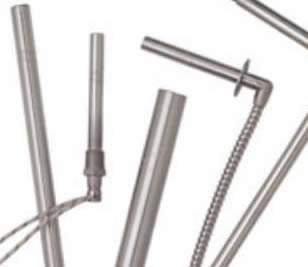 Electric Heaters
Electric Heaters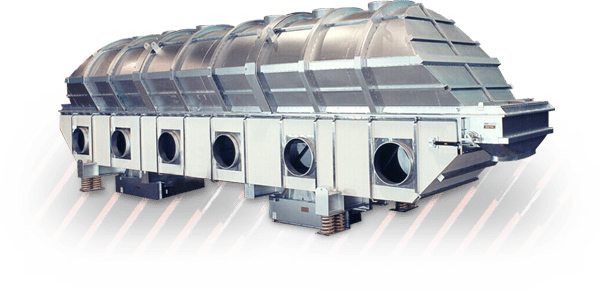 Industrial Dryers
Industrial Dryers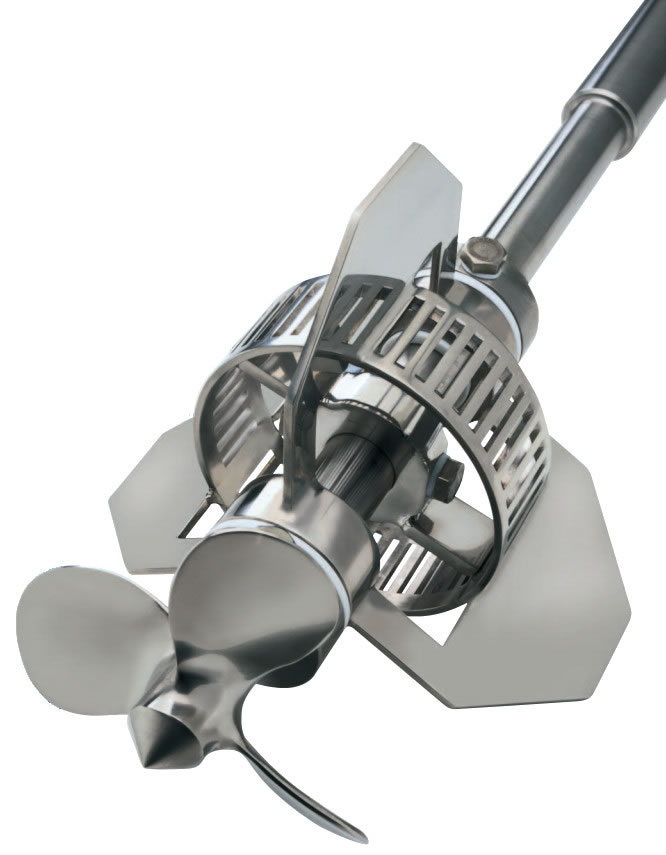 Industrial Mixers
Industrial Mixers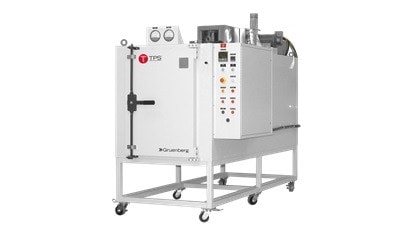 Industrial Ovens
Industrial Ovens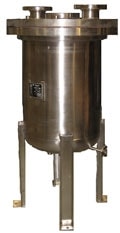 Pressure Vessels
Pressure Vessels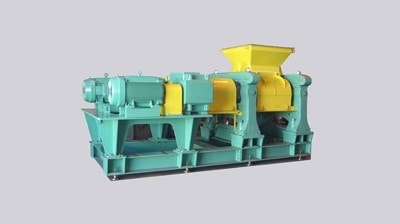 Pulverizers
Pulverizers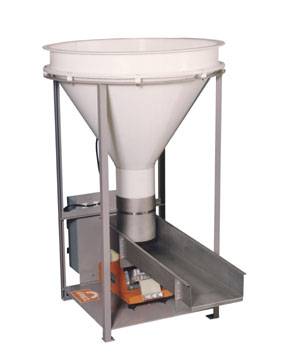 Vibratory Feeders
Vibratory Feeders Castings & Forgings
Castings & Forgings Bulk Material Handling
Bulk Material Handling Electrical & Electronic Components
Electrical & Electronic Components Flow Instrumentation
Flow Instrumentation Hardware
Hardware Material Handling Equipment
Material Handling Equipment Metal Cutting Services
Metal Cutting Services Metal Forming Services
Metal Forming Services Metal Suppliers
Metal Suppliers Motion Control Products
Motion Control Products Plant & Facility Equipment
Plant & Facility Equipment Plant & Facility Supplies
Plant & Facility Supplies Plastic Molding Processes
Plastic Molding Processes Pumps & Valves
Pumps & Valves Recycling Equipment
Recycling Equipment Rubber Products & Services
Rubber Products & Services